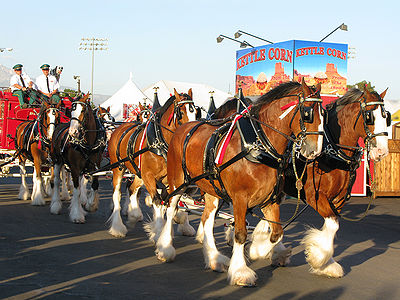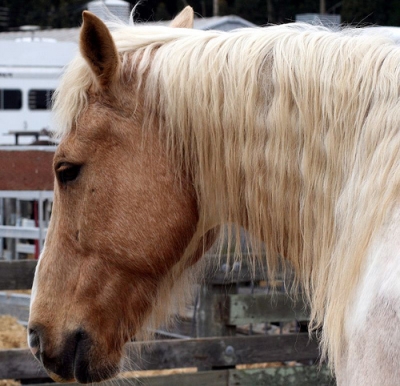Originally the American Bakshir Curly Horse was thought to be the descendant of the Russian Bashkir horse of Bashkortostan, but this was proven untrue, although it still carries that name. Also known as the North American Curly Horse and American Curly Horse, research has shown that Lokai breed of Tayikistan carries the curly coat more often.
The mystery of how the horse came to America has several theories although none have proven true. The Curlys might have found their way across the land bridge at the Bering Strait during the last ice age; or imported by Russians living on the West Coast of North America; or imported from India to Nevada about 1880; that Norse or Celtic explorers brought curly horses to America before 1492; Spanish Conquistadors brought the curly horse to South America. Although facts stand in the way of each of these theories, they did make their way to America. The Damele family, immigrants from Italy in the 1800s, were responsible for keeping the breed going.
Curlys stand between 14 and 16 hands high but can range in size from miniature to draft. The curly coat is more obvious in winter with a kinky mane and tail, fetlocks, eyelashes and inner ear hair. After shedding for summer, the coat can be a bit wavy or even bald. Curlys have a wide range of colors including chestnut, bay, black, grey, buckskin, roan, appaloosa markings, pinto patterns. Grooming is simple, mane is trimmed, not combed so as not to lose its curl. Curlys are considered hypoallergenic although research into this is ongoing.
The Curly is a very hardy breed and can withstand very cold weather.
A Curly’s temperament is calm and reliable, easily and willingly trained. Curlys are friendly and intelligent and enjoy being with humans.


